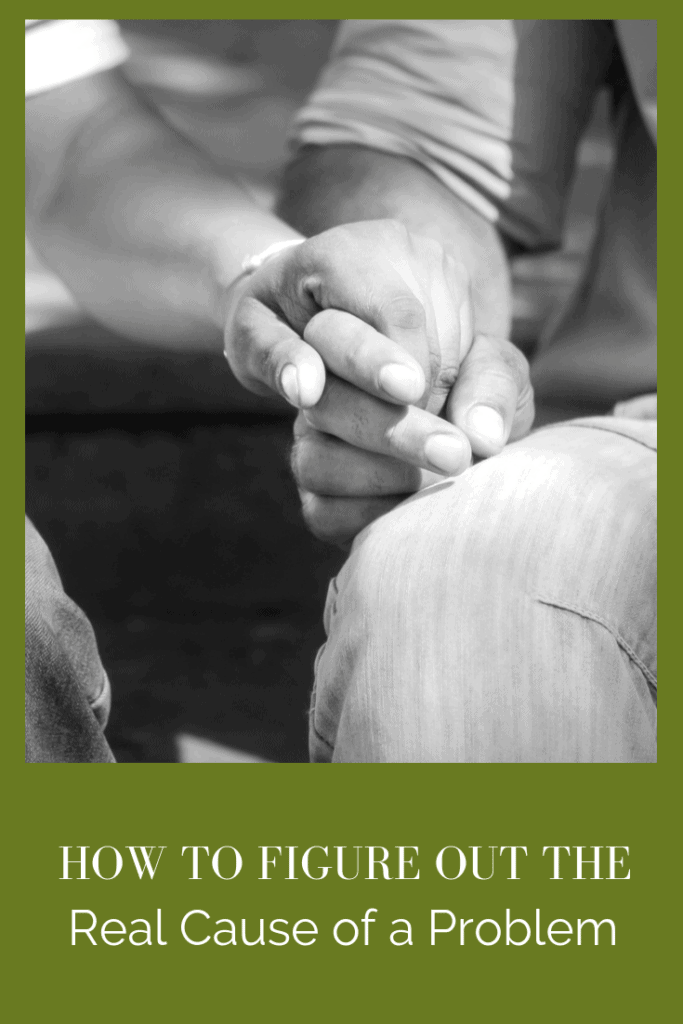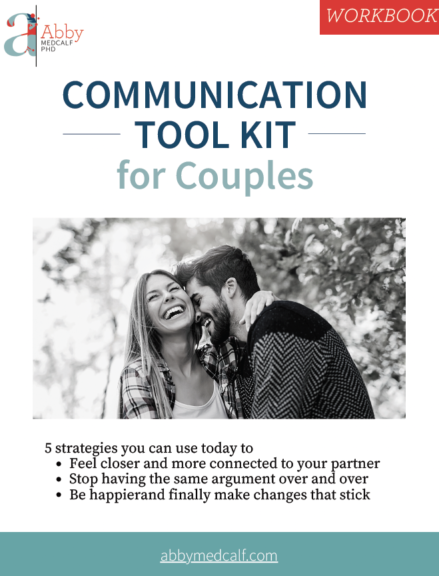
In the business world we have lots of great tools for what we call “Root Cause Analysis” or RCA. This is usually part of quality management in a company.
Root Cause Analysis is just what it sounds like: you’re trying to break down what seems like a big problem into its underlying causes so you can tackle it.
With RCA, you’re identifying 4 specific things:
- What happened
- How it happened
- Why it happened…so that (and here’s the really important part)
- You can identify specific actions to prevent this issue from happening again in the future.
What I want to do today is something different. We all know that there are times when situations go well and times when that same situation goes poorly.
I want to work back from something that went well, to see what happened. But, we’re not looking back so we can prevent it, but so that we can repeat it again in the future!
The tool I’m going to teach you today I call the Was or Was Not Tool. It’s adapted from something called the “Is or Is Not” method that’s most often used in quality management in organizations, especially in manufacturing. The “Is or Is Not” method is generally used for a product that’s had some malfunction or hasn’t performed well.
We’re going to change it to “Was or Was Not” as we look at events or situations that have already happened in your relationship that did perform well at some point.
Right now I’m going to walk you through the process and you can download the Was/Was Not Tool at the bottom of the page.
Here’s how it works.
I want you to identify what’s called a Bright Spot. If you haven’t learned about these yet, I did a whole podcast episode about them, in Episode 019 Make Your Relationship Awesome by Focusing on the Bright Spots
For now, just know that Bright Spots are times that something totally worked. A Bright Spot could be a perfect date night you had, a time you remember well when you were belly laughing with your partner, a morning when your commute went just right, or a week when you followed your eating plan without a hitch.
Since we focus on relationships here, I’d love it if you could think of a Bright Spot right now that has to do with your partner or another significant relationship in your life.
Now, I want you to identify the requirements for this being a bright spot. In other words, what were all the factors, feelings, events, thoughts and situations that made this awesome – that made it a Bright Spot.
For example, if you picked a time when you and your partner had the best evening together ever. What was there that made it great? These are your requirements. Did you have fun, was it spontaneous, were cell phones left at home or turned off, did you eat somewhere new or go somewhere you’ve never been before so it felt adventurous? Did you have sex in the car or stay home and binge watch something together?
In business, the Requirements would be all the product specs or basic conditions needed for this product to be successful or “up to code.”
You might be thinking, well, we were both in a good mood, that’s why it went well. Think back to why you were both in a great mood, because the factors that contributed to your mood would also be the requirements for a great evening with your partner.
Overall, you’re answering the question: “What should be there to make an evening together or a date night awesome?” Is good food a requirement? Is great sex a requirement? What are the factors that contribute? I’d like you to think of at least ten.
Now, I want you to think of a counterpart Dark Spot to this particular Bright Spot. A Dark Spot is, of course, just the opposite. This is a time when this same situation or event happened but went badly or didn’t feel good.
If we’re using this same example, it would be what factors were around, what happened, what was said or done that made your evening together or your date a disaster? I want you to think of a specific time: one specific evening together when it didn’t go well.
Now I want you to mentally right now (but in writing later), go down your requirements and note what requirements were missing (Was Not There) and then note any requirements that were present (Was There). It’s very likely that there were some Requirement elements present. Maybe you were both doing some awesome new thing together before it all went South. Maybe you’d already had rock star sex and then it fell apart.
Comparing and seeing what was different or missing is where you want to focus.
Let’s do another example. Let’s say the Bright Spot you picked is last Tuesday morning when everything was awesome. The kids got up without complaining, all of your stuff was ready to go so you could leave on time, and there was no stress or fighting. Everyone was getting along and the house felt light and loving.
You’re going to write down all the Requirements (at least 10) of a great morning.
Examples might be: everyone woke up on time, groceries were there for making a great breakfast, the dishes were put away the night before so you’ve got somewhere to put the dirty plates, laundry was done so everyone has clean things to wear, you meditated or worked out before everyone got up so feel in a calm space, the kids packed their backpacks the night before so they aren’t looking for things in the morning, you went to bed at the right time so got a good night’s sleep, or maybe you got up early to make lunches.
It’s whatever the basic requirements are to you! Someone else might have very different requirements.
Now, think of a corresponding Dark Spot. In this case, it would be another specific morning when you felt stressed and crazy by the time you left the house. Maybe there was complaining, anxiety, rushing and it felt like loud voices were needed to get everyone moving.
This is an incredibly important exercise because it’s crucial to know what the goal is. Your requirements are your goal!
What are you actually striving for in the morning? What are your morning standards? So many times you have no clue what you’re actually looking for, but feel disappointed and frustrated anyway. Or, things don’t go well but you’re not sure what made that train go off the rails!
Maybe you had a bad date night. You’re sure you didn’t get what you needed or wanted, but the only thing you had in your head was a vague notion of what you’d like. Your brain can’t drive for vague! The more specific and clear you are, the better the outcomes and the easier it is to make happen.
Identifying your Requirements and then comparing when they’re there and when they’re not is a great way to start figuring out how to get them met more and more often. It’s also a great way to see what your true Requirements are. It’s possible you’ve been focusing on the wrong things or putting too much time or energy into things that don’t matter as much and don’t move the needle.
When you start to look at the differences between your Bright Spot date and your Dark Spot date, what do you see? Maybe it comes down to time of day, where you were, what happened right before, or how you were feeling before the interaction? Was it rushed, was everyone already in a bad or good mood? Keep getting more narrow if you’re not clear about the differences.
For example, I worked with a couple who had disastrous date nights until we switched the night of the week it was on. They were always going out on Friday night when they were both depleted and exhausted from working all week.
They switched it to Tuesday and had a totally different experience. Not only were they both more “fresh” earlier in the week, but they also felt like the pressure was off. It was Tuesday, after all!
There are three main reasons why doing this exercise is great for your relationship and your happiness level:
First, you can identify key factors needed to make certain recurring situations successful (everything from vacations, to dinner to homework times).
When you know what the requirements are for success it’s MUCH easier to replicate and make happen more often. You can change systems, add resources, or take away obstacles so things can consistently run more smoothly.
Second, if you do this enough, you’ll notice you Require a lot of the same things to make situations work. Maybe you always need to be self-aware, focus on patience or start things 10 minutes earlier than you think. You’ll definitely notice themes and be able to simplify your life by focusing on these strength pieces.
Lastly, you’ll be able to identify the positive pieces that work for your relationship. These are your relationship strengths.






